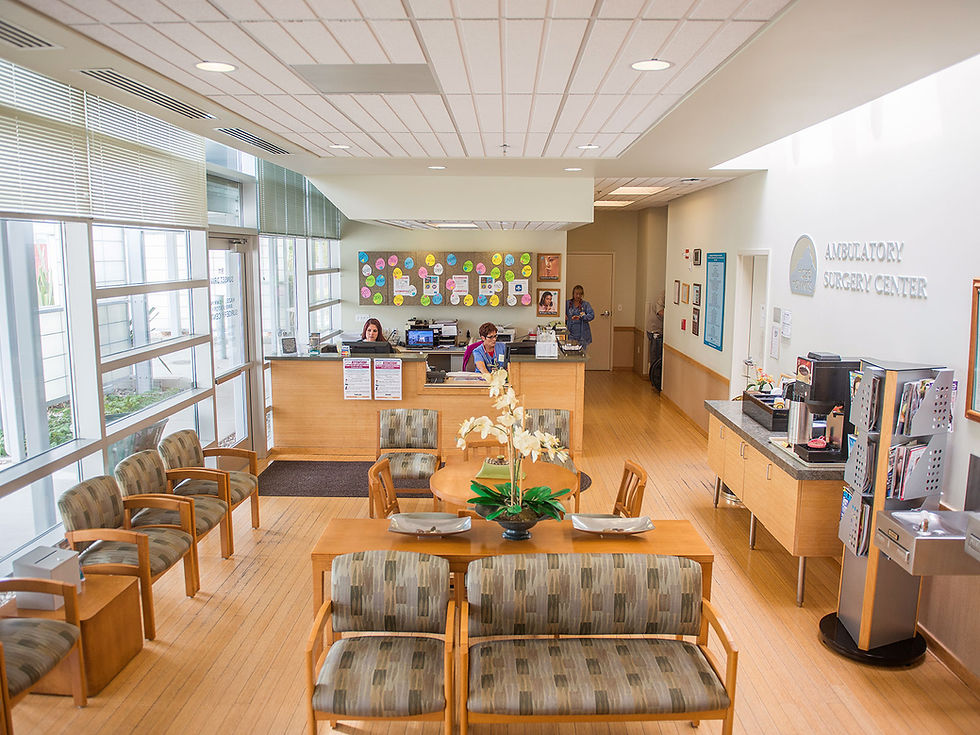When Is the Best Time to Get Hip Replacement Surgery?
- Dr. Troy Miles

- Nov 17, 2019
- 3 min read

If you have been to a doctor and tried over-the-counter pain medication, but the osteoarthritis in your hip is still causing you pain and keeping you up at night, then it may be time to consider a surgical intervention.
Hip replacement surgery is an option for adults with soreness, stiffness, and inflammation. Hip pain can be incredibly debilitating, interfering with day-to-day activities and making walking a challenge. However, we never look at hip replacement surgery as a first resort in treating joint discomfort. More conservative options, including taking anti-inflammatories, using a walker, and participating in physical therapy, should always be tried before considering surgery.
When it’s performed on patients who meet the right criteria, hip replacement surgery tends to be very successful. Most patients return to their active lives—free from chronic pain—within a few weeks or months after surgery.
Do I Need Surgery? 5 Questions to Ask Yourself
When considering whether now is the right time for hip replacement surgery, ask yourself the following questions:
1. Is hip pain impacting my ability to complete day-to-day activities?
2. Have I already tried pain medication and physical therapy?
3. Does my hip hurt when I’m resting?
4. Has a physician told me that I have severe arthritis in my hip?
5. Do I have a friend or loved one who can care for me during the early days of recovery?
If you answered ‘yes’ to the majority of those questions, it may be time to consult with an orthopaedic surgeon for an evaluation.
Today’s hip replacements are lasting longer than ever before, in part because of advancements in surgical techniques, and also because the orthopaedic implants we use are evolving at a rapid pace. Implants have come a long way, with the latest generation of hip implants being made from newer, more durable materials. This allows the implants to last longer than in previous designs.
As surgeons, we now have access to new tools that can improve outcomes from patients undergoing joint replacement surgery. Robotic surgery is one example of this, although not every joint replacement case can, or should, be done robotically.
If you are young and healthy, it should be noted that there is a chance you may need to have the same joint replaced more than once in your lifetime. Exactly how long you can realistically expect an artificial hip to last depends on a number of factors, including your lifestyle and the amount of mileage you put on the joint. Studies have shown that greater than 90% of modern hip replacements are still functioning well 10 to 15 years after surgery.
Although early failure of an artificial joint isn’t common, it is important that you are aware of the potential risks before undergoing any surgical procedure. Thankfully, there are many things we can do to minimize risk factors before your surgery takes place. Even simple things, like changes in diet and modifications to your living arrangements, have been shown to help.
Surgery should never be looked at as a first choice for managing hip pain or discomfort. The right time for hip replacement surgery is not the moment the pain begins. Any type of surgery comes with risks, and we want to make sure patients have tried all other non-invasive options before moving forward with any surgical procedure. However, for patients who are healthy and meet certain criteria, hip replacement surgery can be an incredibly effective option.
To learn more and schedule an in-person evaluation, contact Shasta Orthopaedics in Redding, California. (530) 246-2647



Comments